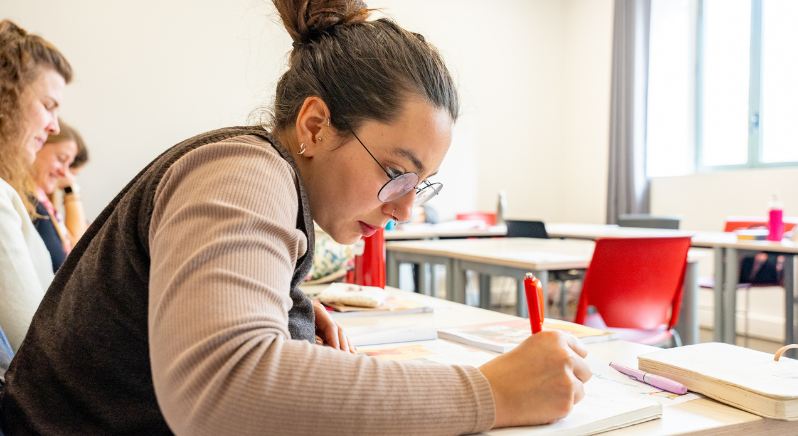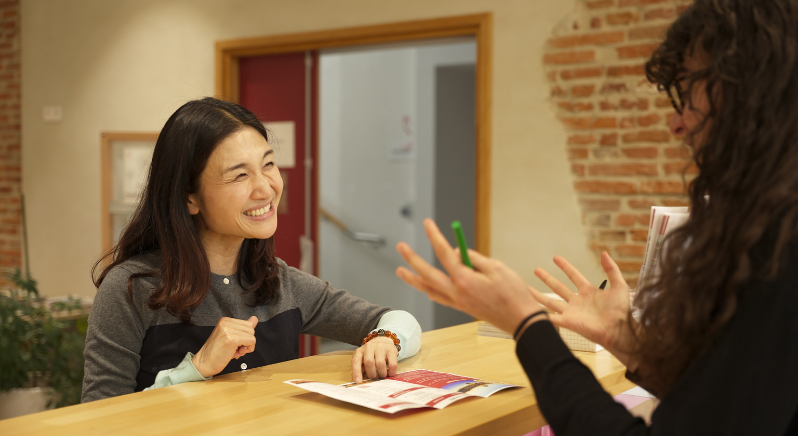Paris, the City of Light, is a dream destination for many international students. Navigating public transportation in Paris can be daunting, especially for newcomers. This comprehensive guide will help you master the city’s public transport system, ensuring your time in Paris is both enjoyable and efficient.
The Public Transportation Network in Paris
Paris boasts an extensive and efficient public transportation network managed by the Régie Autonome des Transports Parisiens (RATP). This network includes the metro, buses, trams, and RER trains. Familiarizing yourself with these options will make your daily commute and exploration much smoother.
Metro
The metro is the backbone of the city’s public transport system. With 16 lines (L1 to L16) covering over 200 kilometers, the metro connects almost every corner of Paris. Each line is numbered and colour-coded, making it easy to navigate. Here are a few tips for using the metro:
- Maps and Apps: Use the RATP app or Google Maps to plan your routes.
- Tickets and Passes: Purchase tickets from machines at metro stations. A single ticket (T+ ticket) costs €1.90 and is valid for one trip, including transfers within the metro and RER networks. For regular use, consider a Navigo card with a monthly pass.
- Peak Hours: Avoid travelling during rush hours (8-10 AM and 5-7 PM) if possible, as the trains can be extremely crowded.

Buses
Buses are a great way to see the city above ground and can be more convenient for reaching certain destinations. Paris has over 60 bus lines operating from 5:30 AM to 12:30 AM. Night buses (Noctilien) cover the hours when regular buses are not running.
- Routes and Stops: Bus stops are marked with a sign indicating the lines that stop there. Routes and schedules are displayed at each stop.
- Tickets: You can use the same T+ ticket for buses, but remember to validate your ticket as you board.
- Accessibility: Buses are more accessible for those with mobility issues, as most are equipped with ramps.

Trams
Trams are particularly useful for travelling around the outskirts of Paris. There are currently four tram lines (T1 to T4) with more under construction.
- Connecting with Other Transport: Tram lines often connect with metro and RER stations, making transfers easy.
- Tickets: Use the same T+ ticket for trams.
RER Trains
The RER is a regional train system that connects Paris with its suburbs and beyond. There are five RER lines (A, B, C, D, and E), with several stops within the city.
- Zones and Tickets: The RER system is divided into zones. Ensure you purchase the correct ticket for your destination to avoid fines.
- Airport Connections: RER B connects Paris to Charles de Gaulle Airport, making it a convenient option for international students.

Student Discounts
One of the many benefits of being a student in Paris is the availability of discounted transportation passes. The Imagine R pass is a special annual subscription designed specifically for students under 26 years old. This pass provides unlimited travel across all public transport networks within the Île-de-France region, including metro, bus, tram, and RER lines. The cost is significantly reduced compared to regular fares, making it an affordable option for daily commutes and weekend explorations.
Find more info about this pass here: https://www.iledefrance-mobilites.fr/en/tickets-fares/detail/imagine-r-student-ticket
Alternative Solutions
Paris also offers several eco-friendly and alternative transportation options that are perfect for students. The city is renowned for its bike-sharing program, Vélib’, which provides thousands of bicycles available for short-term rental at various docking stations throughout Paris.
You can also find electric scooters available through companies like Lime, offering another convenient and green way to navigate the streets.

Tips for a Smooth Journey
- Learn Basic French: Basic French phrases can be incredibly helpful when asking for directions or assistance. Learn how to ask for directions in French here: https://gogofrance.com/en/blog/ask-for-directions-in-french/
- Etiquette: Stand on the right side of escalators to let others pass on the left. Allow passengers to exit before boarding.
- Explore on Foot: Paris is a beautiful city to explore on foot. Many attractions are within walking distance of each other, so don’t hesitate to walk and soak in the atmosphere.
Navigate Paris Like A Pro
Navigating public transportation in Paris may seem overwhelming at first, but with a bit of practice and these tips, you’ll find it quite manageable. The city’s comprehensive network ensures that you can reach your classes, enjoy cultural experiences, and explore Paris with ease. Embrace the adventure, and soon you’ll feel like a local, seamlessly blending into the rhythm of Parisian life.











